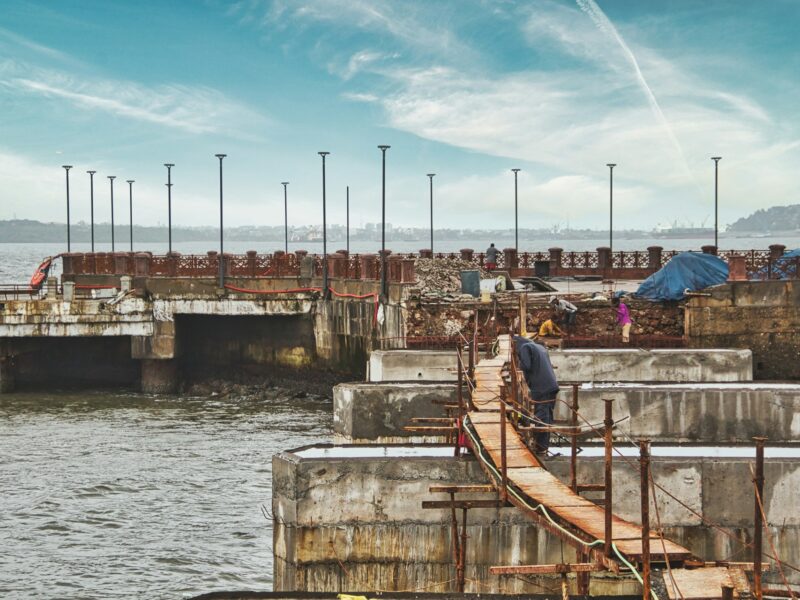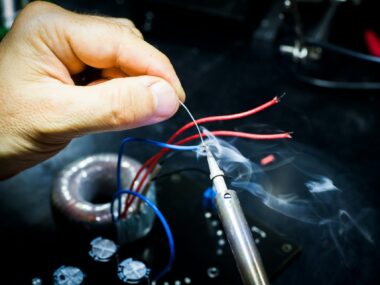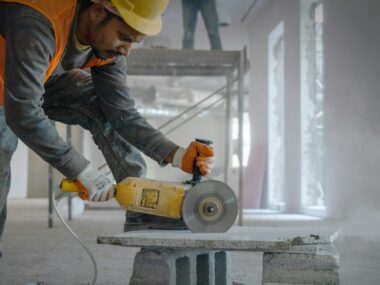In recent years, sustainable practices have gained traction across various industries, including underwater construction. This niche field is crucial for building and maintaining essential water-based infrastructure like bridges, ports, and pipelines.
However, it presents unique challenges that demand innovative solutions to balance human progress with environmental stewardship.
In this blog post, we’ll explore the intersection of sustainable construction and underwater engineering, focusing on methods that minimize the impact on fragile ecosystems.
Readers will discover how bathymetric surveys help guide practices, the importance of sustainable resource management, and the positive impacts of these practices on our environment.
The Need for Sustainable Construction in Underwater Projects
Understanding Environmental Impact
Underwater construction projects, while necessary for infrastructural development, can significantly affect marine ecosystems. Construction activities might disrupt marine life habitats, causing long-term ecological harm.
Recognizing these impacts is the first step towards implementing sustainable practices that protect the environment while meeting construction goals.
By understanding the full scope of potential damage, stakeholders can devise strategies that mitigate adverse effects, ensuring that construction efforts do not come at the expense of marine life.
Importance of Bathymetric Surveys
Bathymetric surveys are a vital component in sustainable underwater construction. These surveys provide detailed maps of the underwater terrain, allowing engineers to design projects that account for the existing environment.
By understanding the seabed’s topography, construction can be planned to avoid critical habitats, reduce sediment disruption, and minimize overall environmental impact.
Bathymetric surveys serve as a foundation for responsible decision-making in underwater engineering projects.
Key Challenges in Sustainability
Implementing sustainable practices in underwater construction involves overcoming several challenges. These include the high cost of eco-friendly technologies, limited access to sustainable materials, and the need for specialized skills.
By addressing these challenges head-on, the industry can continue to innovate and develop methods that align construction efforts with environmental protection.
Overcoming these obstacles is essential for ensuring that underwater projects are sustainable now and in the future.
Eco-Friendly Practices in Underwater Engineering
Innovative Construction Techniques
Eco-friendly construction techniques are transforming the underwater engineering industry. Prefabrication, for instance, allows for components to be constructed offsite and assembled underwater, reducing the time and resources spent on-site.
This approach minimizes disruptions to marine life, decreases pollution, and conserves energy. By prioritizing innovative techniques, underwater projects can achieve their objectives with minimal impact on the environment.
Environmentally Conscious Material Selection
Choosing the right materials is crucial for sustainable underwater construction. Biodegradable or recyclable materials, such as certain types of concrete or composites, can significantly reduce the ecological footprint of these activities.
These materials not only lessen waste but also degrade safely in the marine environment if abandoned.
By selecting materials that do not harm marine ecosystems, projects can align with eco-friendly goals while still delivering durable, high-quality structures.
Minimizing Disturbance to Marine Ecosystems
Reducing the disturbance to ecosystems is a priority for sustainable underwater construction.
Using quieter construction equipment and scheduling work during non-sensitive periods for marine life can significantly lower the impact on the environment.
Additionally, deploying barriers to contain sediment plumes can prevent damage to marine habitats.
These practices help preserve biodiversity and maintain the health of marine ecosystems, ensuring that construction projects coexist harmoniously with nature.
The Role of Resource Management in Sustainable Practices
Efficient Use of Resources
Efficient management of resources is integral to sustainable underwater construction. By optimizing the use of materials, labor, and energy, projects can reduce waste and lower their impact on the environment.
Implementing strategies such as recycling water, using renewable energy sources, and adopting energy-efficient machinery can significantly enhance resource efficiency.
This approach not only benefits the environment but also reduces project costs, making sustainability both practical and economically viable.
Waste Reduction Strategies
Minimizing waste is a key aspect of sustainable construction. Implementing waste reduction strategies, such as reusing materials and recycling debris, can significantly decrease the environmental footprint of underwater projects.
Proper disposal of hazardous materials is also essential in protecting ecosystems. These efforts contribute to a more sustainable process, ensuring that waste is managed responsibly and does not harm the environment.
Monitoring and Evaluation
Continuous monitoring and evaluation are critical for maintaining sustainable practices in underwater construction.
By tracking the environmental impact of projects and assessing the effectiveness of implemented strategies, stakeholders can make informed decisions to improve sustainability.
Regular evaluations ensure that construction activities remain aligned with eco-friendly goals and adapt to new challenges as they arise. This proactive approach fosters a culture of continuous improvement and environmental stewardship.
Benefits of Sustainable Underwater Construction
Preserving Marine Biodiversity
One of the most significant benefits of sustainable underwater construction is the preservation of marine biodiversity.
By minimizing habitat disruption and implementing eco-friendly practices, projects can protect vulnerable species and maintain ecosystem health.
This commitment to preserving biodiversity is crucial for the long-term sustainability of marine environments, ensuring that future generations can enjoy the benefits of healthy oceans.
Enhancing Project Longevity
Sustainable practices often lead to more durable and resilient structures. By using high-quality materials and innovative techniques, projects can withstand environmental challenges and require less maintenance over time.
This longevity not only reduces costs but also minimizes the need for future construction activities, further reducing the impact on the environment.
Sustainable underwater construction ensures that projects are built to last, providing lasting benefits to both society and the environment.
Meeting Regulatory Requirements
Adhering to sustainable practices helps projects comply with environmental regulations and standards. By aligning with these requirements, projects avoid legal complications and maintain a positive reputation within the industry.
Compliance with regulations demonstrates a commitment to responsible construction practices, building trust with stakeholders and the public alike.
Meeting regulatory requirements is essential for the success and sustainability of underwater construction projects.
Conclusion
Sustainable practices in underwater construction are crucial for minimizing impact on the environment and preserving ecosystems.
By leveraging bathymetric surveys, selecting eco-friendly materials, and implementing efficient management strategies, the industry can achieve its goals while protecting the environment.
The benefits of these practices extend beyond environmental preservation, enhancing project longevity, meeting regulatory requirements, and fostering a culture of continuous improvement.
For those interested in exploring sustainable construction further, numerous resources and experts are available to guide the way. Together, we can build a better future by ensuring that our underwater projects coexist harmoniously with nature.






